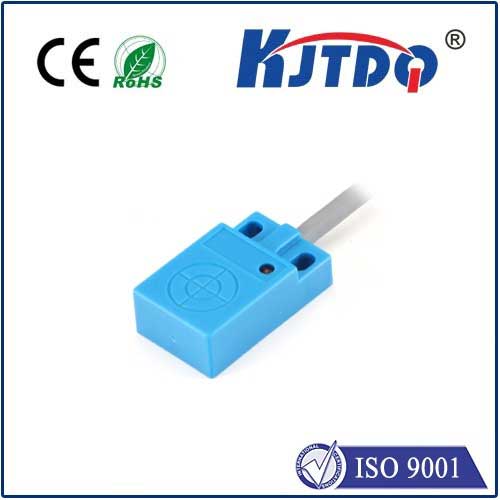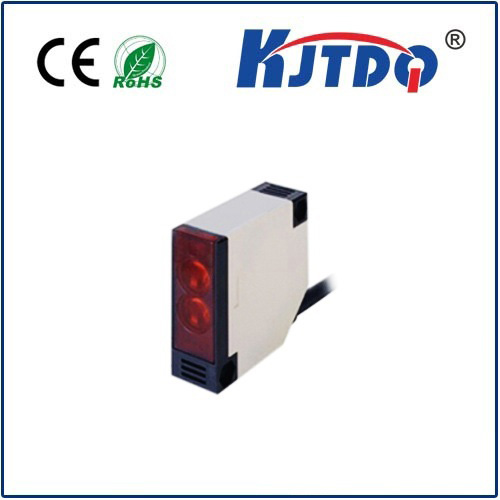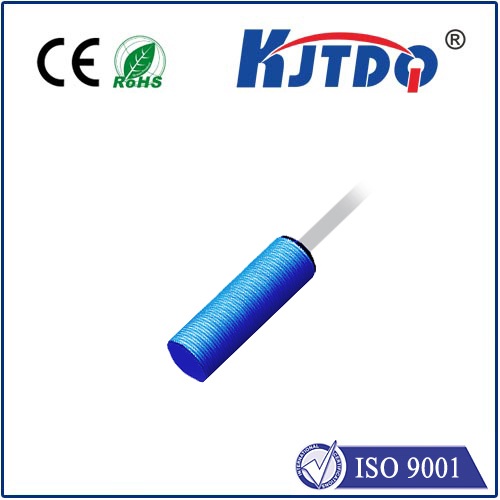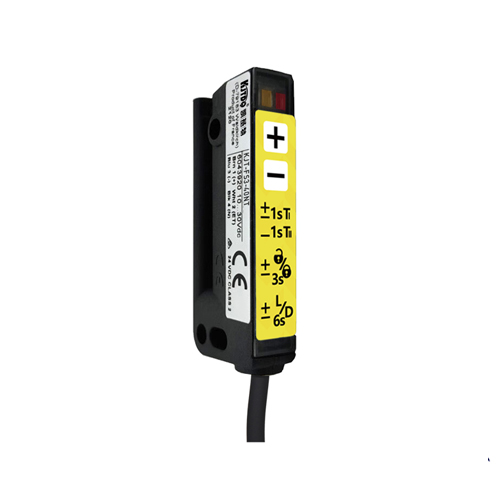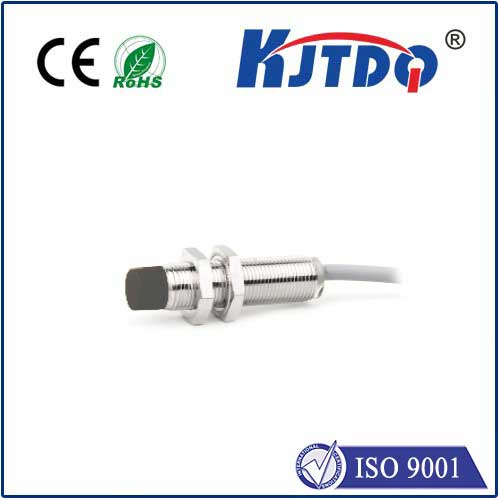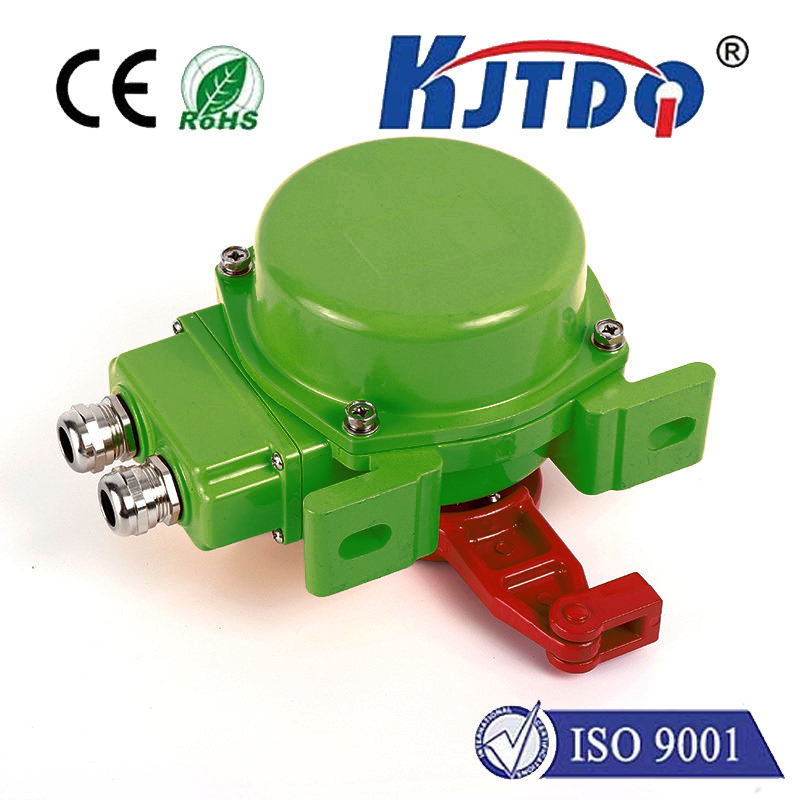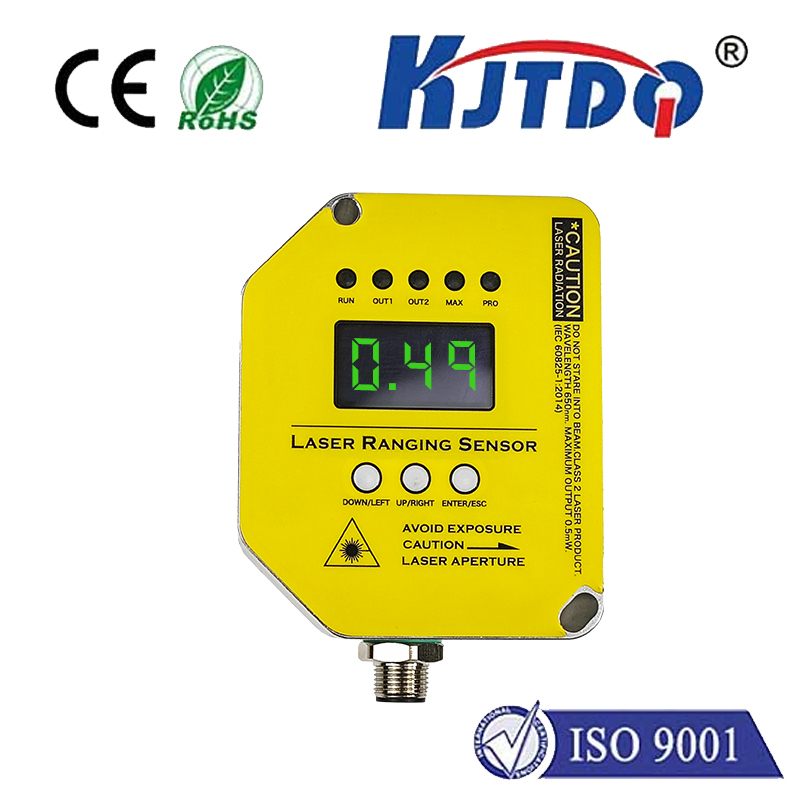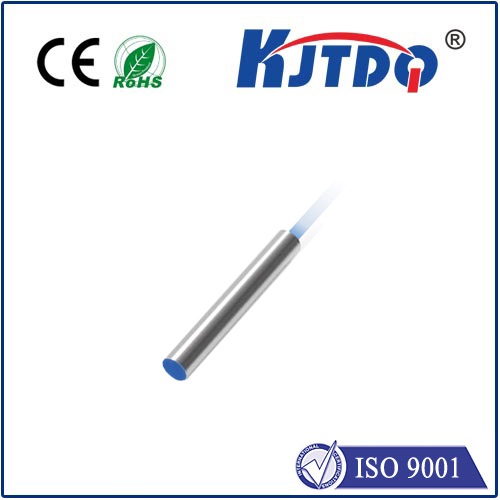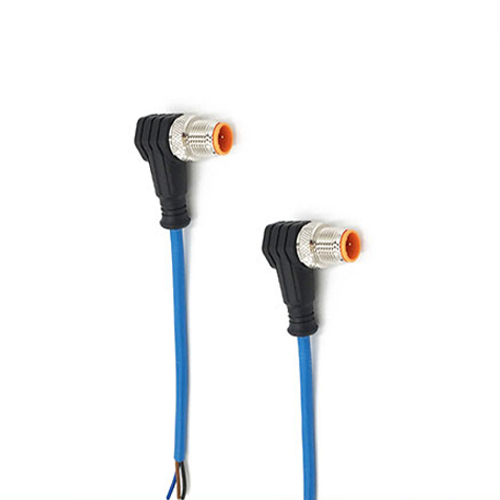металлоискатель с индукционным датчиком приближения
- time:2025-06-18 02:34:05
- Нажмите:0
The Unseen Metal Detector: How Inductive Proximity Sensors Revolutionize Detection
Look around any modern factory, automated production line, or piece of heavy machinery. Chances are, dozens of tiny, unassuming devices are silently and reliably monitoring for the presence of metal objects without ever touching them. These are inductive proximity sensors, and while not traditionally called “metal detectors” in the hobbyist sense, they are fundamental and highly specialized metal detection tools powering industrial automation and safety. Understanding how they leverage electromagnetic principles offers fascinating insight into reliable, non-contact sensing.
Beyond the Beach Comber: A Different Breed of Metal Detection
Unlike the handheld wands used to find coins or relics, which often rely on pulse induction or very-low-frequency (VLF) technologies, inductive proximity sensors operate on a distinct principle tailored for industrial precision and speed. Forget sweeping a coil over sand; these sensors are mounted strategically to detect specific metallic targets at close range – think millimeters to tens of millimeters – with incredible repeatability and resilience in harsh environments. Their core function? To provide a swift, binary signal: “Metal Object Present” or “Metal Object Absent”. This simplicity is their power.
The Core Magic: Electromagnetic Induction at Work
The operation of an индукционный датчик приближения as a metal detector hinges on the fundamental physics of electromagnetic induction, discovered by Michael Faraday. Here’s the step-by-step breakdown:

- Generating the Field: Inside the sensor’s face, an oscillator generates a high-frequency alternating current. This current flows through a coil, creating a rapidly oscillating electromagnetic field that emanates from the active sensing surface.
- The Eddy Current Effect: When a conductive metal object (like steel, aluminum, brass, copper) enters this electromagnetic field, something fascinating happens. The changing magnetic field induces swirling electrical currents, called eddy currents, within the body of the metal target itself.
- Energy Drain and Damping: These induced eddy currents aren’t free; they require energy. This energy is drawn from the sensor’s oscillating field. The presence of the metal object essentially acts as a load, damping the energy of the oscillator circuit within the sensor.
- Detection Threshold: The sensor continuously monitors the amplitude (strength) of its own oscillation. When the eddy currents caused by a nearby metal target significantly dampen this oscillation, surpassing a pre-defined threshold, the sensor triggers its output circuit.
- Signal Output: This trigger typically changes the state of the sensor’s output – switching a solid-state transistor (NPN or PNP) or a relay – sending a clear signal to the connected control system (like a PLC) that metal has been detected.
Key Differentiators: Why Inductive Sensors Excel in Industrial Metal Detection
Several inherent characteristics make inductive proximity sensors uniquely suited for industrial metal detection tasks compared to other methods:
- Non-Contact Operation: Physical wear and tear are eliminated. The sensor never touches the target, leading to vastly longer lifespans and reliability critical in high-cycle applications.
- Exceptional Speed and Repeatability: Detection happens in microseconds. Once a target enters the sensing field, the response is near-instantaneous and highly consistent. This is vital for high-speed counting, positioning, or verifying part presence on fast-moving lines.
- Robustness: Encased in materials like nickel-plated brass or stainless steel, with ratings like IP67 or IP69K, these sensors shrug off dirt, dust, oil, coolants, vibrations, and impacts – conditions that would cripple many other sensing technologies.
- Simplicity and Reliability: Few moving parts and solid-state electronics translate into minimal maintenance needs and high mean time between failures (MTBF).
- Immunity to Surface Conditions: Unlike optical sensors, they aren’t fooled by target color, transparency, or surface contamination (dust, oil, water film), as long as the contaminant isn’t conductive itself. They detect the metal through common non-conductive coatings.
- Compact Size: Allows for installation in confined spaces where traditional metal detectors wouldn’t fit.
Where “Hidden” Metal Detection Matters: Core Applications
The applications of inductive proximity sensors as specialized metal detectors are vast and critical across manufacturing and automation:
- Position Verification: Confirming a metal part has reached the correct position in an assembly machine, robotic welding cell, or stamping press. “Is the engine block clamped?”
- End-of-Travel Detection: Sensing when a metal actuator, cylinder rod, or slide has reached its limit position.
- Object Counting: Accurately counting metal parts (screws, nuts, washers, brackets) moving rapidly on a conveyor belt or vibrating feeder.
- Presence/Absence Checking: Verifying a metal component is present before a critical step – e.g., “Is the lid on the metal can?” before filling, or “Is the drill bit loaded?” before machining.
- Speed Monitoring: Detecting the teeth of a metal gear to calculate rotational speed (RPM).
- Safety Interlocks: Ensuring metal guards or doors are securely closed before allowing potentially dangerous machinery to operate.
- Перевозка материалов: Controlling sorting gates based on metal composition (though discrimination between metals is limited - see limitations).
Understanding the Limits: Not All Metal Detection is Equal
While incredibly robust, it’s crucial to understand the context of inductive proximity sensors as metal detectors:
- Detection Range: Their effective range is short, typically fractions of an inch to a few inches, dictated by the sensor’s size and design. They are not for long-range scanning.
- Target Dependence: The sensing distance (nominal sensing distance - Sn) varies significantly based on the Тип of metal. Ferrous metals (iron, steel) are detected at the maximum range. Non-ferrous metals (aluminum, brass, copper) have a reduced sensing range, often specified as a percentage of the Sn for steel (e.g., 0.4 x Sn). Stainless steel detection is possible but typically requires sensors specifically designed for it, as standard sensors have a much shorter range for many grades.
- Size Matters: Smaller targets require closer proximity for reliable detection. Very thin metal foils might not generate sufficient eddy currents.
- Discrimination Limitation: Inductive sensors primarily detect the presence of conductive metal and are influenced by its type. They generally cannot differentiate between different non-ferrous metals or reliably ignore unwanted small metals like foil in the presence of larger targets – precision discrimination is the realm of specialized metal detectors.
Selecting the Right Sensor for Your Metal Detection Task
Choosing the optimal индукционный датчик приближения requires careful consideration of several factors:
- Target Metal: What metal(s) need detection? This affects the required sensor size and type (standard vs. stainless steel optimized).
- Required Sensing Distance (Sn): How far away does the target need to be detected? Always select a sensor with an Sn greater than the maximum air gap needed, factoring in the target material factor.
- Operating Environment: Temperature extremes, chemicals, washdown pressures? Confirm the sensor’s housing material and IP rating match the conditions.
- Output Type: Does your controller need a discrete NPN, PNP, or relay output? Normally Open (NO) or Normally Closed (NC)?
- Size Constraints: Physical space available for mounting the sensor?
- Connections: Pre-wired cable or quick-disconnect connector (M8, M12)?
From verifying the precise placement of a critical engine component

